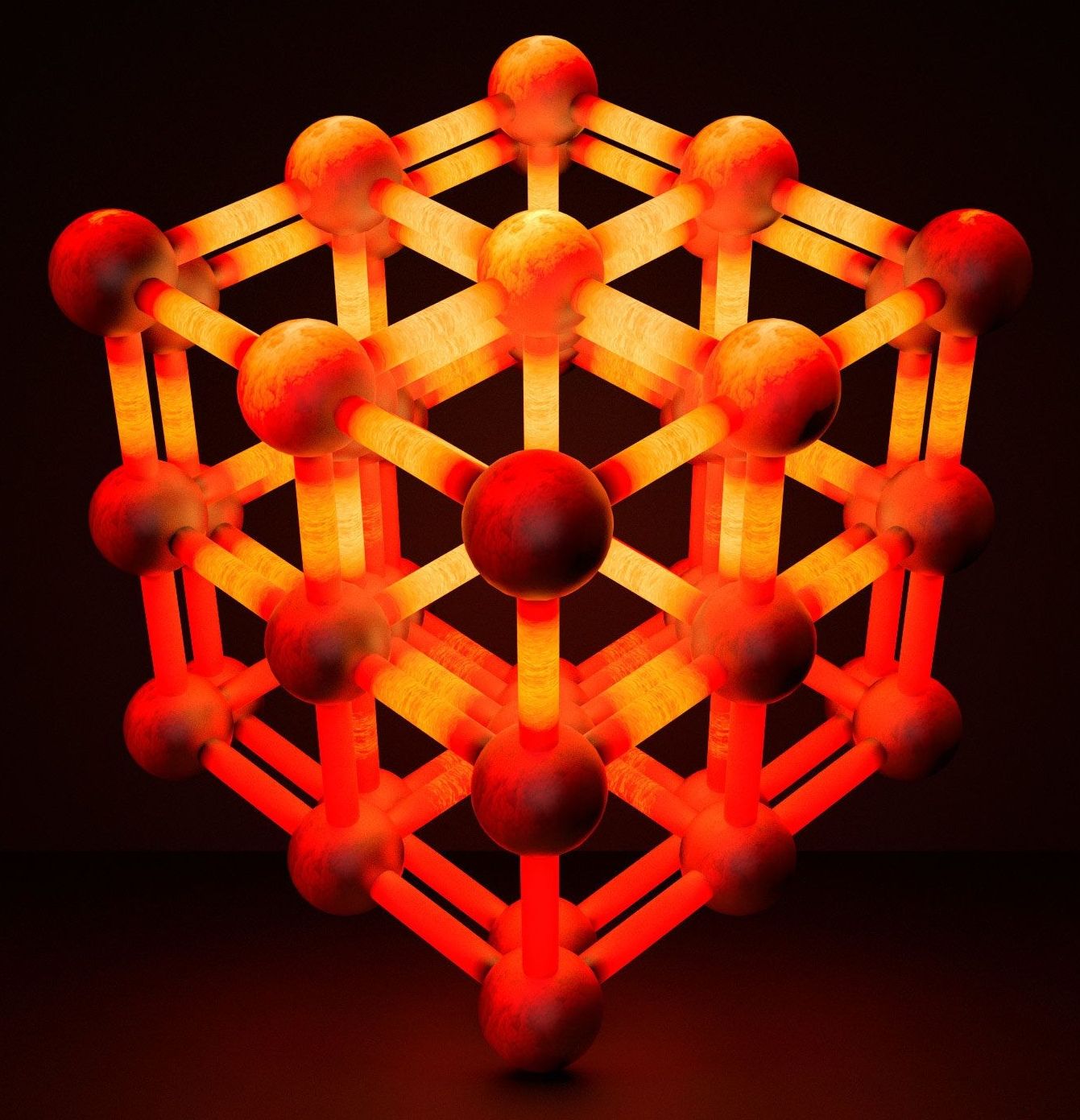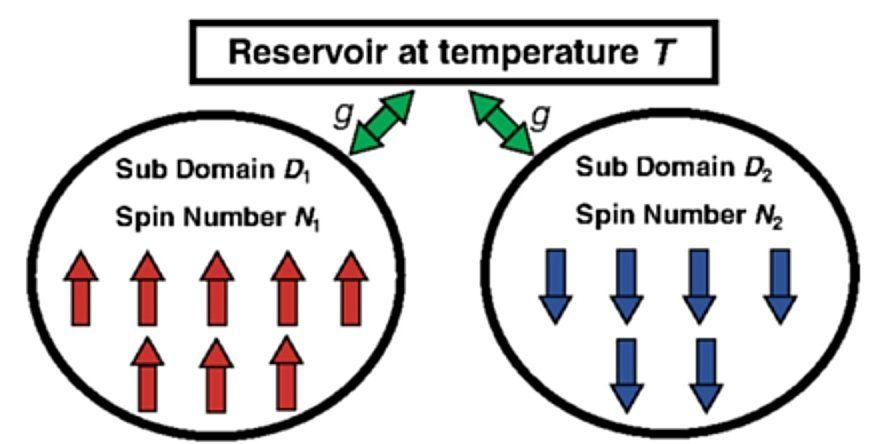Apr 18, 2018
Artificial intelligence can scour code to find accidentally public passwords
Posted by Genevieve Klien in categories: encryption, robotics/AI, security
Sometimes sensitive data, like passwords or keys that unlock encrypted communications, are accidentally left open for anybody to see. It’s happened everywhere from the Republican National Committee to Verizon, and as long as information can be public on the internet the trend isn’t going to stop.
But researchers at software infrastructure firm Pivotal have taught AI to locate this accidentally public sensitive information in a surprising way: By looking at the code as if it were a picture. Since modern artificial intelligence is arguably better than humans at identifying minute differences in images, telling the difference between a password and normal code for a computer is just like recognizing a dog from a cat.
The best way to check whether private passwords or sensitive information has been left public today is to use hand-coded rules called “regular expressions.” These rules tell a computer to find any string of characters that meets specific criteria, like length and included characters. But passwords are all different, and this method means that the security engineer has to anticipate every kind of private data they want to guard against.
Continue reading “Artificial intelligence can scour code to find accidentally public passwords” »


















